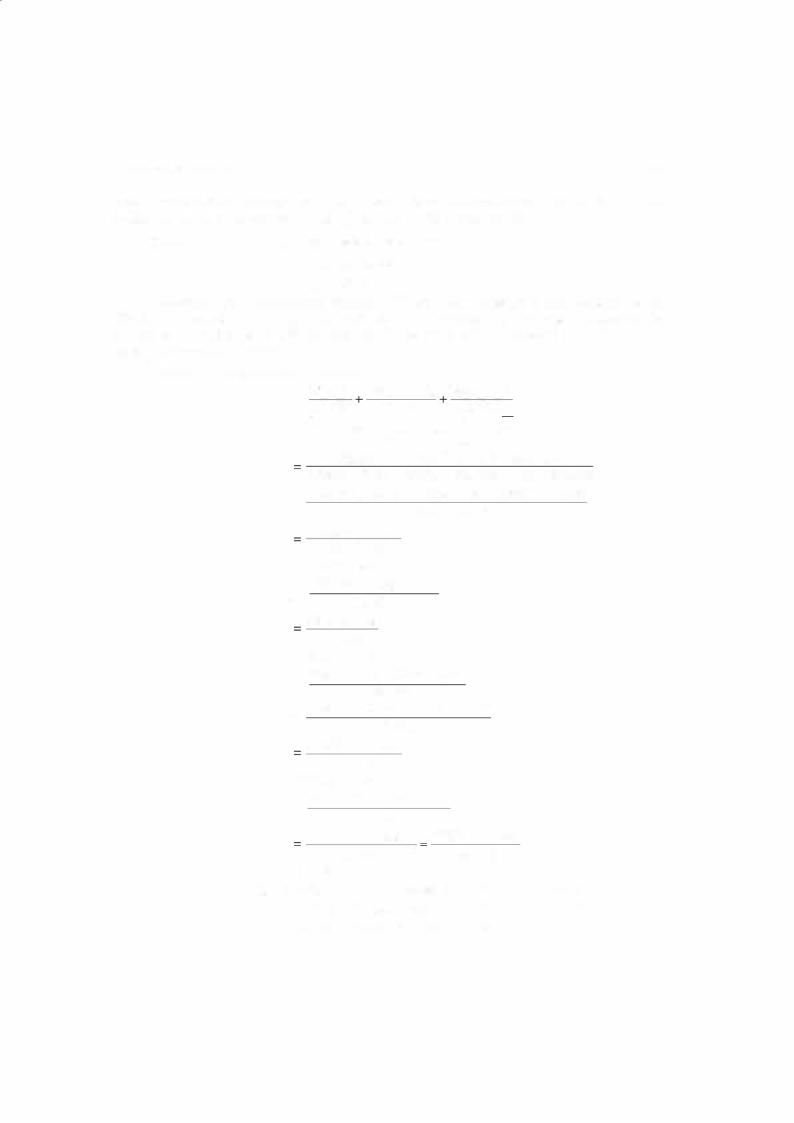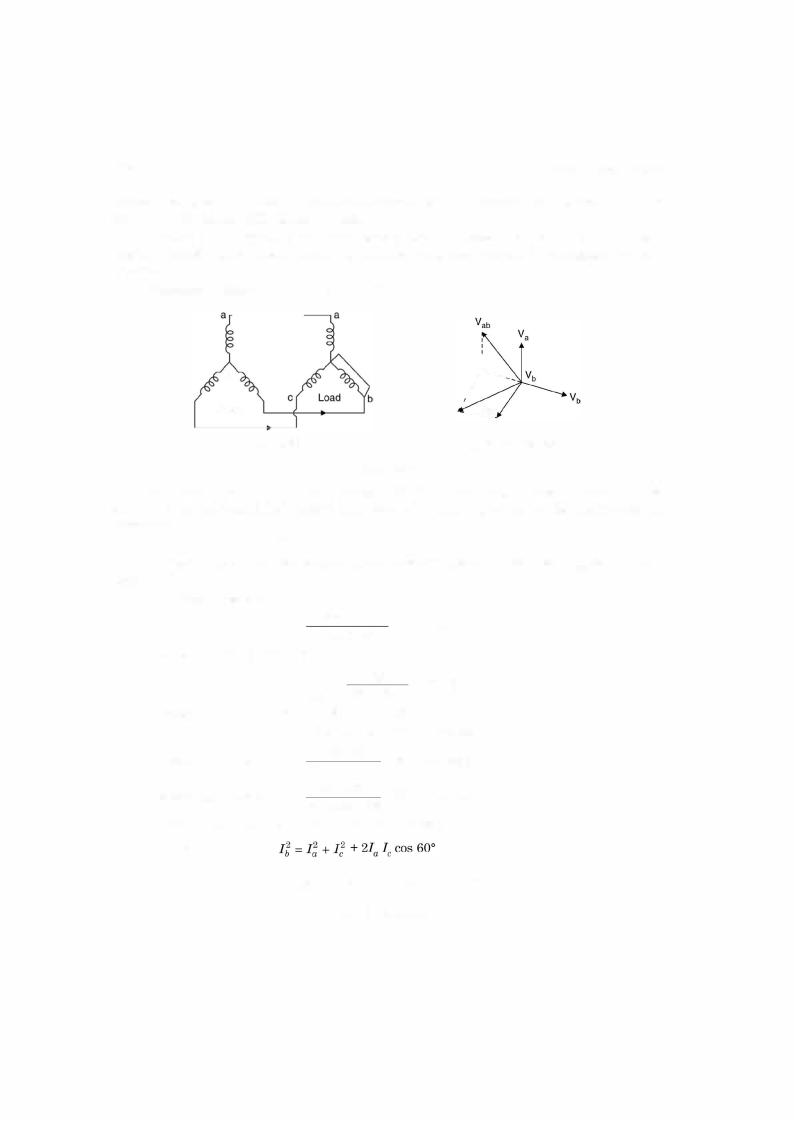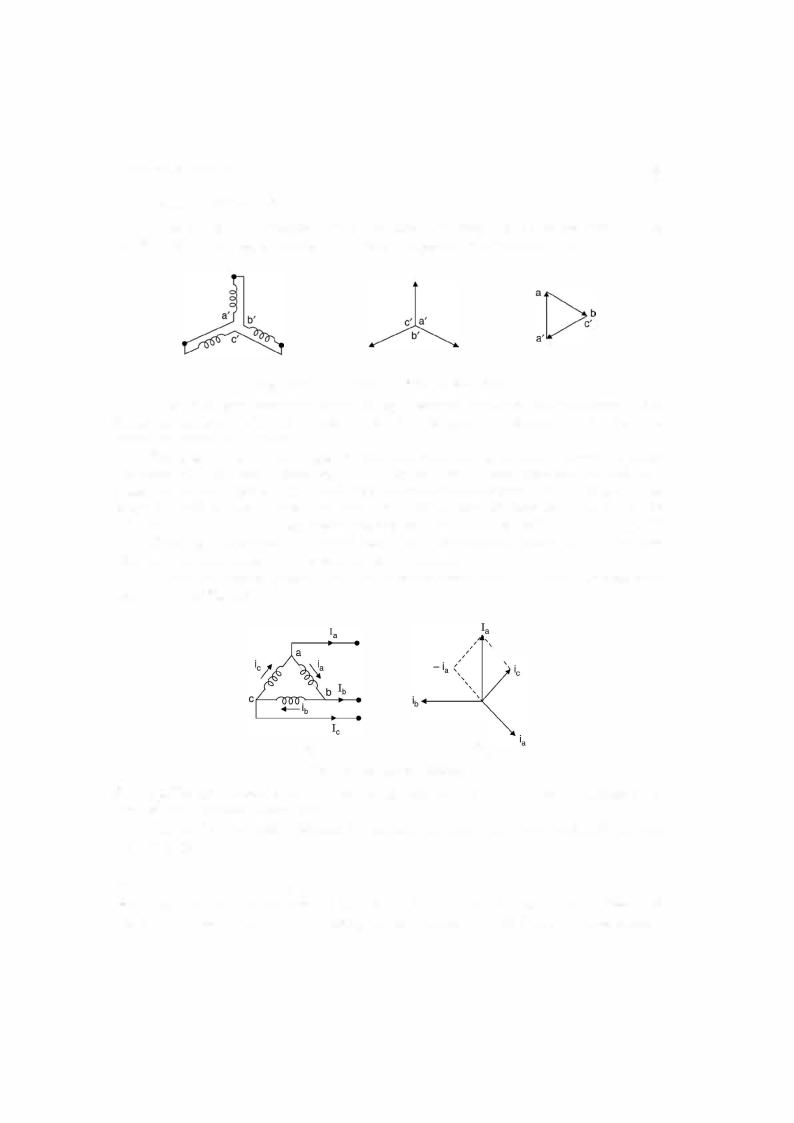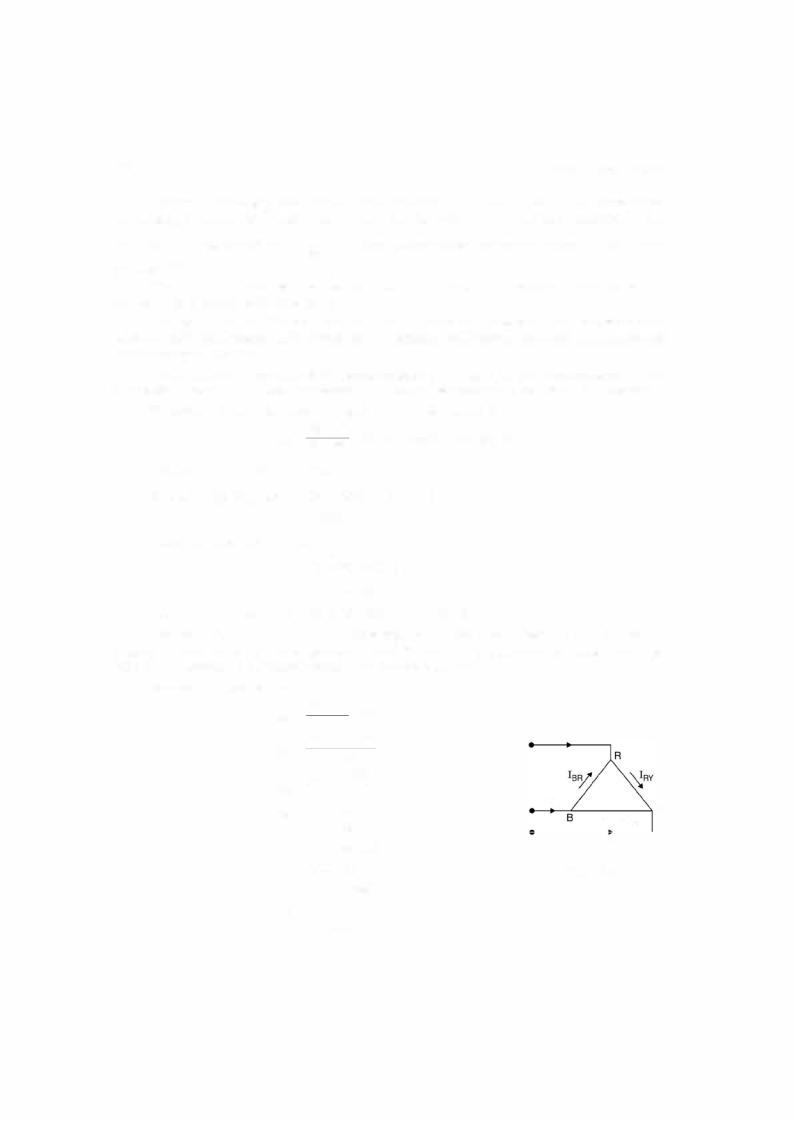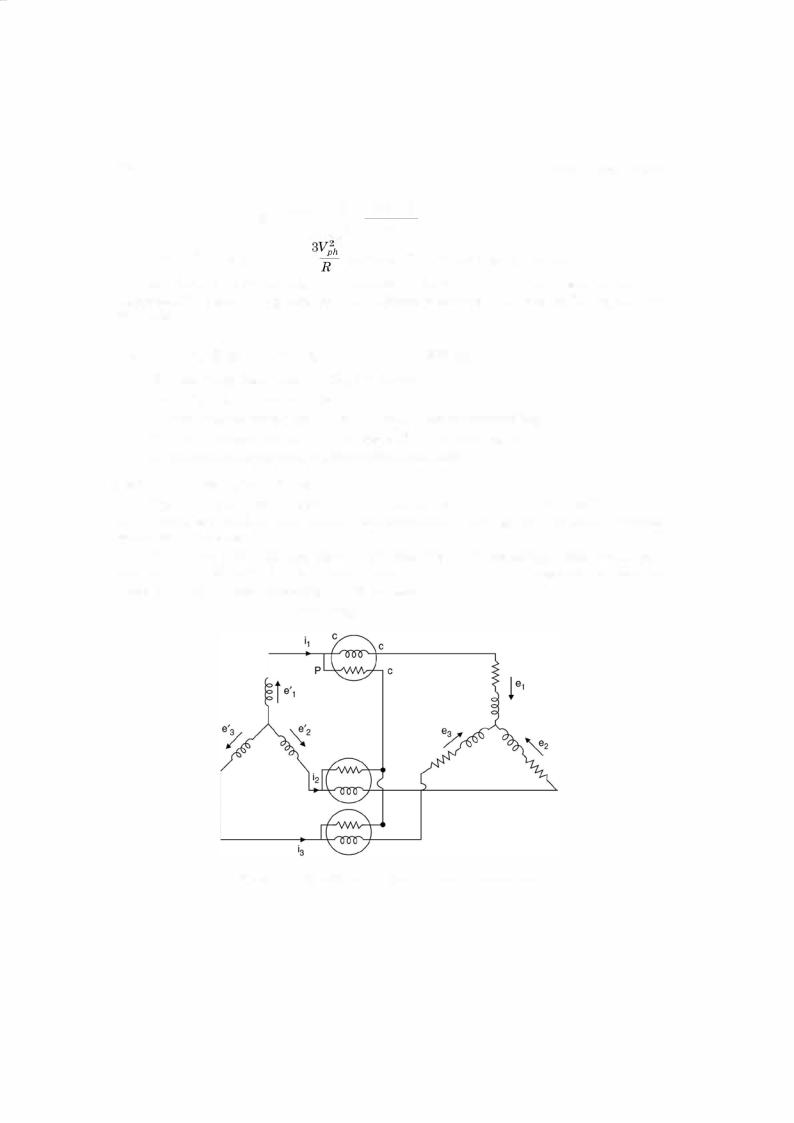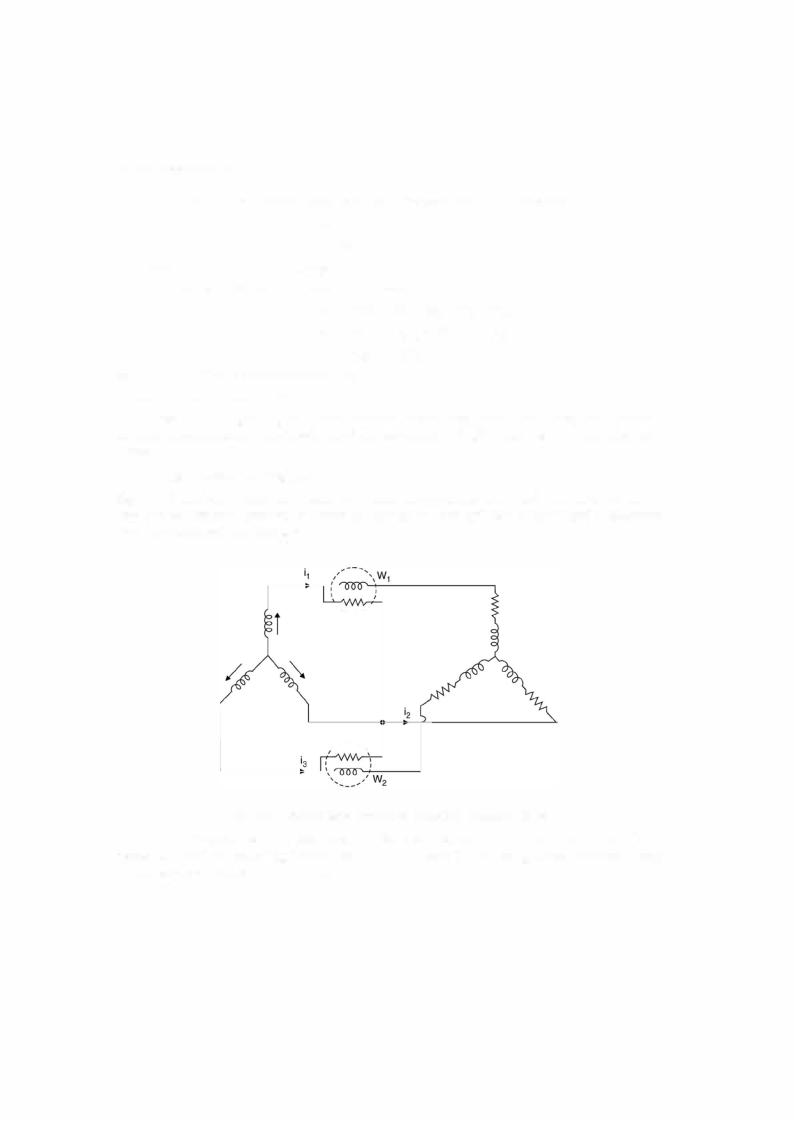
Basic_Electrical_Engineering_4th_edition
.pdf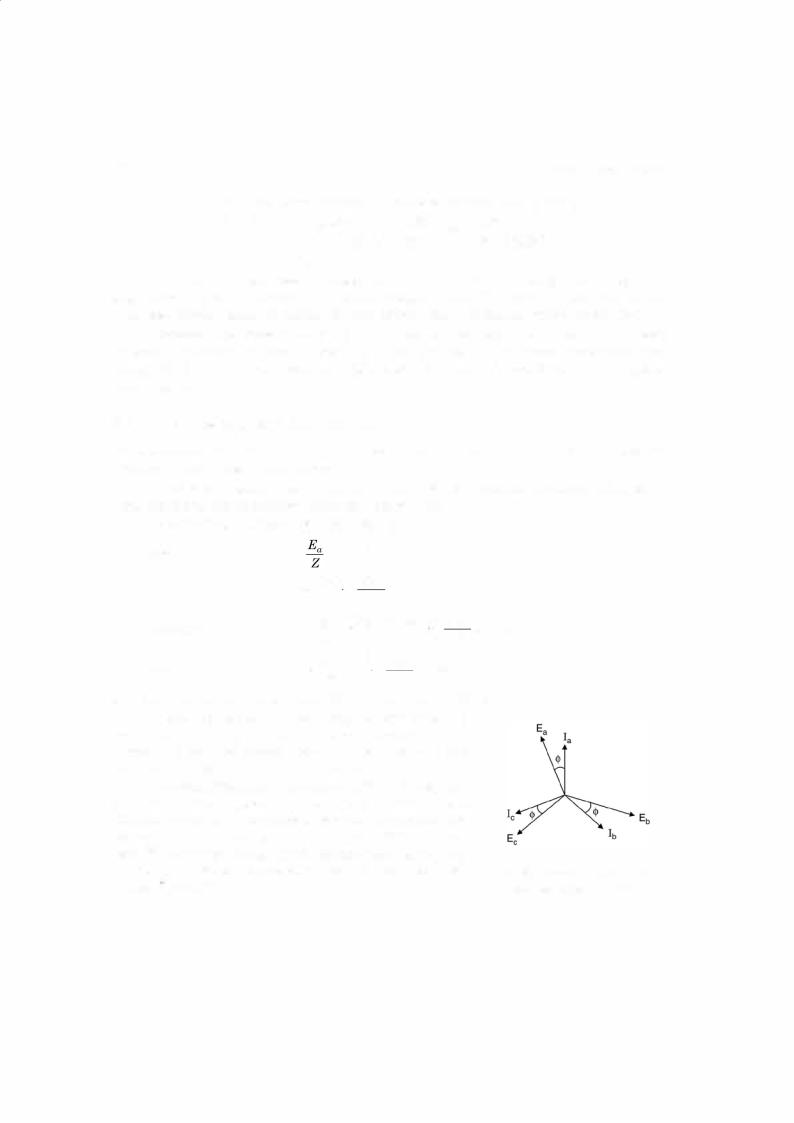
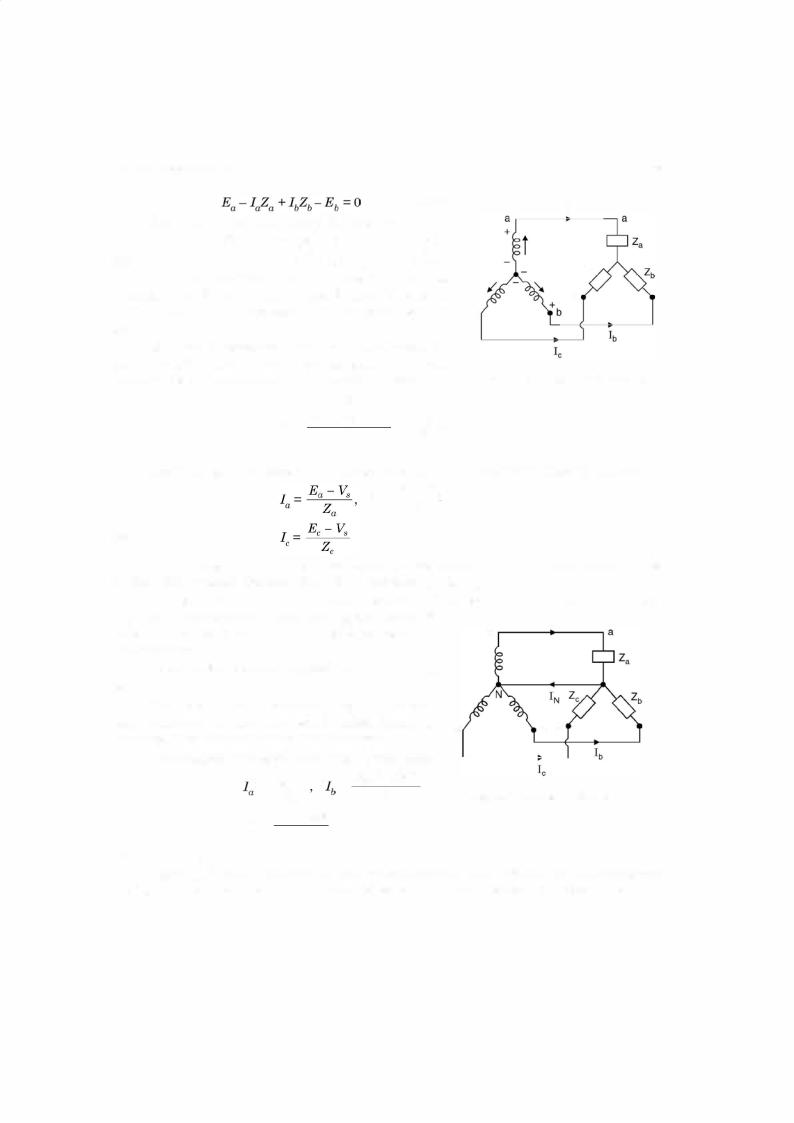
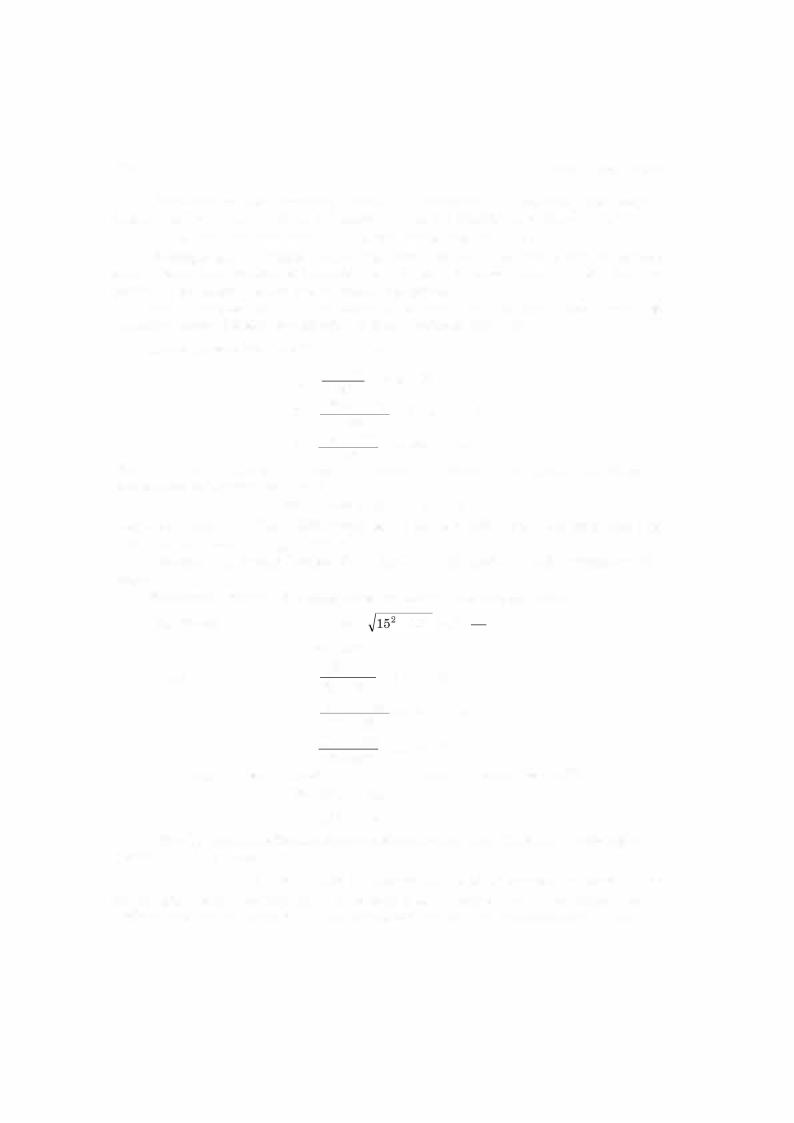
1 66 |
ELECTRICAL ENGINEERING |
It is to be noted that whenever, in a problem, system voltage is specified, it is always to be taken as line voltage or line to line voltage, unless it is specified as phase voltage.
Let us take a few examples to illustrate what we have learnt so far.
Example 3.1. A balanced 3-phase star connected load is fed from a 208 volt 3-phase supply. Each leg of the load has a resistance of 35 Q. Determine, the power factor, the total power, the phase currents and line currents of the system.
Solution: Since it is a balanced circuit, the analysis is to be made on 1-phase basis. Also the given voltage 208 since not specified, it is to be taken as line voltage.
Hence phase voltage is 208113 = 120 volt.
Ia = 120 LO = 3.428 LOO 35
1b = 120 L - 120 = 3.428 L - 120° 35
I = 120 L 120 c 35
Since the three currents are balanced, the phasor sum of the three currents is zero. Since the load is resistive power p per phase is
FR = 3.4282 x 35 = 411.3 watts
Hence total power 3 x 411.3 ::'. 1234 watts and the load is resistive, the p.f. is unity. Since the load is star connected IL = Iph = 3.428 A.
j20)Q.
or
Example 3.2. Repeat example 3.1 if each leg of the load has an impedance of (15 +
Solution: Again as it is balanced load we analyse it on 1-phase basis.
Impedance |
z = |
I z I L<jl = J15 |
2 |
+ 20 |
2 |
tan |
-1 |
20 |
|
|
|
|
15 |
||||||
|
= 25 L53° |
|
|
|
|
|
|
||
|
= |
|
|
|
|
|
|
||
Hence |
I = |
120 L - 0 |
4.8 L-53° |
|
|
||||
|
a |
25 L 53° |
|
|
|
|
|
|
|
|
Ib = |
120 L - 120 |
= 4.8 L-173° |
|
|||||
|
25 L 53° |
|
|
||||||
|
Ic = |
120 L 120 |
= 4.8 L67° |
|
|
||||
|
25 L 53° |
|
|
||||||
Now power can be calculated either using the formula, power loss = 3FR
P = 3Vph Iph cos <j>
= J3 VJL cos <j>
Using the ohmic loss formula, since resistance in each phase is 15Q, the power loss is 3 x 4.82 x 15 = 1036.8 watts. J3
In the formulae P = VLIL cos <j>, the angle <j> is the angle between the phase voltage
and the phase current corresponding to the same phase. It is to be noted with caution that the angle <j> is not the angle between the line voltage and line current or phase current but it is the
